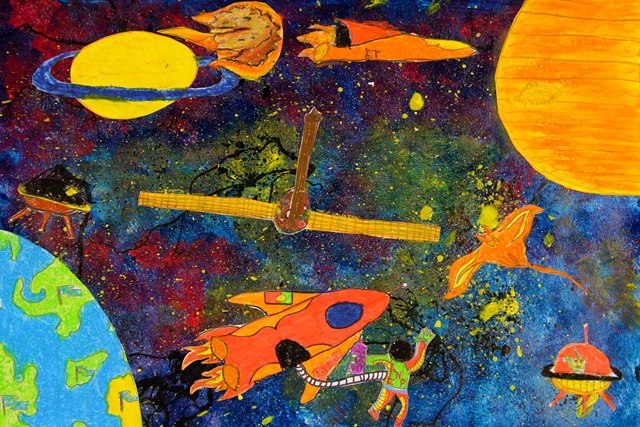 Remember this infamous aerial image from 2016 showing the bumper-to-bumper holiday traffic on a Los Angeles freeway two days before Thanksgiving? That year, almost 49 million Americans hit the road for Thanksgiving. This year, more than 55 million are expected to travel, according to the American Automobile Association (AAA). So, is there any way for you to avoid the crowds and congestion as you kick off the holiday season? Yes, says Google Maps!
Remember this infamous aerial image from 2016 showing the bumper-to-bumper holiday traffic on a Los Angeles freeway two days before Thanksgiving? That year, almost 49 million Americans hit the road for Thanksgiving. This year, more than 55 million are expected to travel, according to the American Automobile Association (AAA). So, is there any way for you to avoid the crowds and congestion as you kick off the holiday season? Yes, says Google Maps!
Google analyzed the aggregated and anonymized location data from users in 25 major US cities who had Google Location History turned on during Thanksgiving week, 2018. Armed with those insights, the search engine giant has figured out the best times for you to get on or stay off the road in 2019.
According to Google, the day before Thanksgiving between 3-4 pm is the worst time to hit the road, but traffic clears up significantly by 6 am on Thanksgiving morning. Also, on your way back, Google advises to avoid the Friday or Sunday afternoon rush and leave in the morning when there are significantly fewer cars on the road.
This cool interactive website will show you how traffic changes on different days of Thanksgiving week for various cities, and will also tell you the best and worst times to leave for your Thanksgiving road trip so you can get to your celebration right on time.
Top searches on Google Maps for Thanksgiving week
Google also did a quick analysis of the top spots being searched on Google Maps to see where people are actually headed. Nationally, the most popular holiday spots this year are the Motown Museum in Detroit, the Smithsonian National Air and Space Museum in Washington DC, and the house from the 1983 film ‘A Christmas Story’ in Cleveland.
At the city level, Google segmented the trending searches data into categories – restaurants, attractions, and shopping centers – to see where the crowds could be anticipated. In New York, for example, Radio City Music Hall is one of the top attractions. And if you are in Boston, you may have a hard time finding a reservation at Gaga Seafood Restaurant, if Google’s analysis is any indication.
For more mappy tips on stress-free holidays, follow Google’s guide here.












